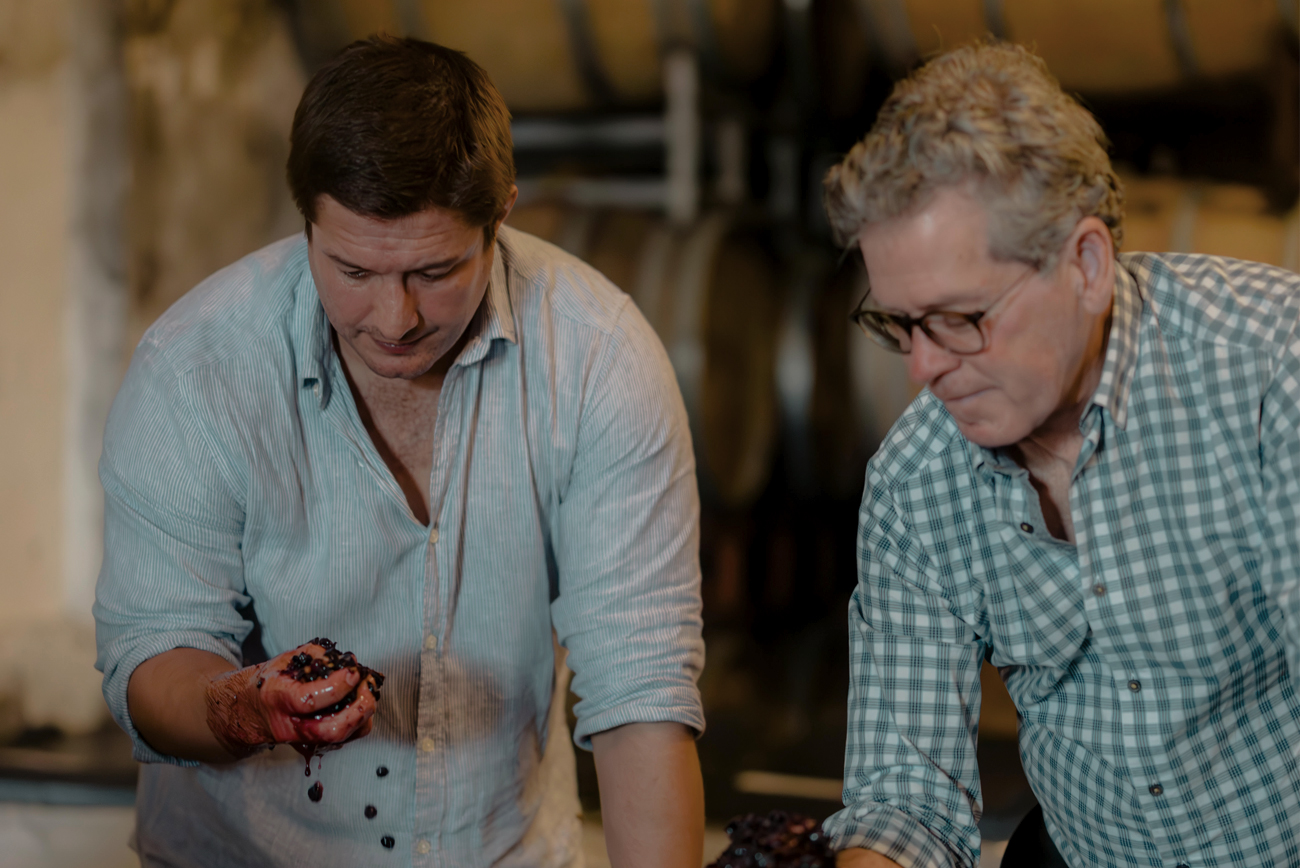Harvest Report
2025
The 2025 vintage stands out as one of the finest of the past decade. A cold winter, a dry spring, and a summer marked by moderate temperatures and excellent vine health yielded grapes of exceptional quality. Harvest began about ten days earlier than usual, with balanced yields and remarkable concentration. Chardonnay, Albariño, Pinot Noir, and Tannat emerged as the most outstanding varieties of an ideal vintage for age-worthy wines.

The 2025 growing season began with a cold winter and excellent soil water replenishment, creating ideal conditions for uniform budburst. However, during spring (September and October), rainfall was well below average—less than half the usual levels in some areas—making early irrigation necessary in several regions. Fortunately, from November onward, during flowering, rainfall returned to normal and remained steady through December, supporting balanced vine development.
The key ripening months, January and February, were once again defined by significant water deficit. Rainfall was scarce, while temperatures remained cool through the first half of January, gradually warming toward the end of the month. Late February brought short heat waves followed by substantial rains, which normalized precipitation levels by the month’s close.
This climatic pattern led to an early ripening and harvest, approximately ten days ahead of the historical average, yielding grapes of outstanding health and an exceptional balance of sugar, acidity, and concentration.
At Bodega Familia Deicas, we assess each vintage through our own quality index, and the 2025 harvest ranks among the finest of the past decade—comparable to the outstanding 2020 vintage. The standout varieties this year, noted for their expression, freshness, and aging potential, were Chardonnay, Albariño, Pinot Noir, and Tannat. All signs suggest that 2025 will be remembered as a remarkable year for crafting high-end, long-lived wines.
